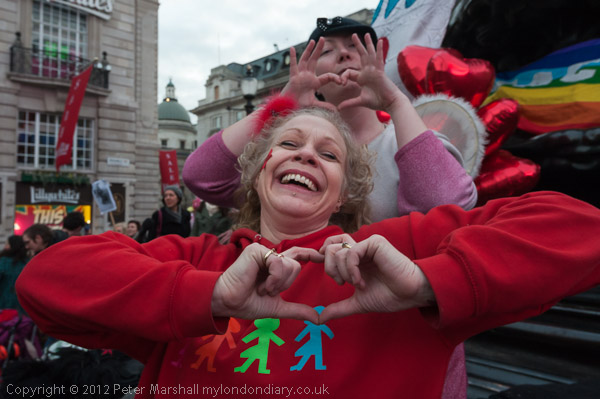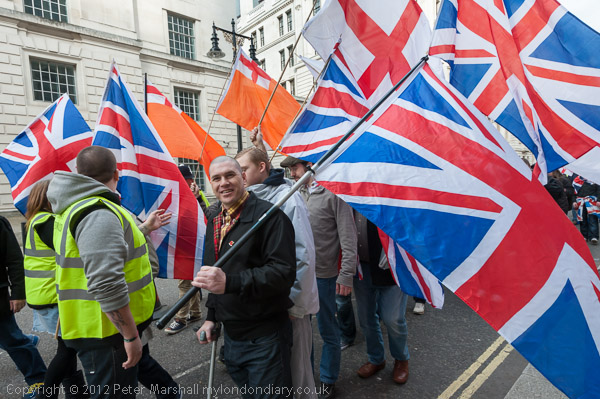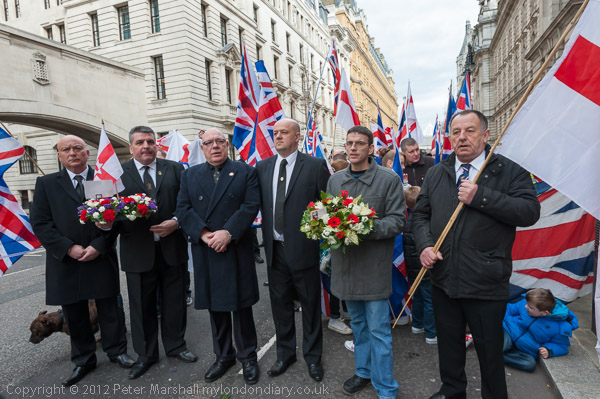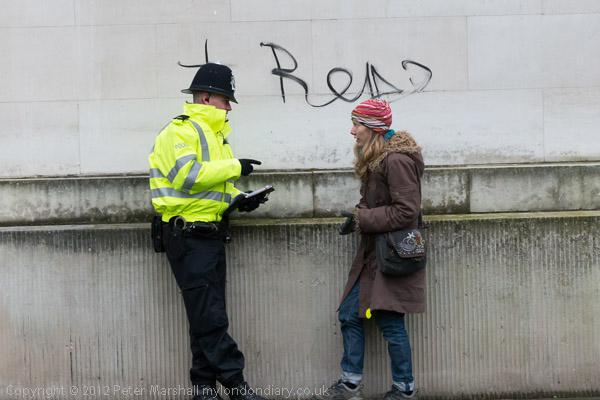What if The Masters of Photography Used Horrendous Watermarks? by Kip Praslowicz, a photographer from Minnesota, had the ‘idle thought … it seems like many amateur photographs spend more time putting elaborate watermarks on their images than they do making images worth stealing.‘ So he took some famous pictures and put over them the kind of watermarks he was thinking about, and you can see the results.
As you can see on his page, it generally makes something of a mess of them, although I think I prefer his version of the Gursky, certainly it seems somehow more honest to have the image covered with dollar signs.
His post also links to a few other amusing posts on other sites which also amused me at least slightly. But I wasn’t entirely convinced with the premise behind his post, as there are plenty of examples of professional photographers and agencies which have covered their images with obtrusive watermarks (though perhaps quite at the level of his made-up examples.)
Paranoia about the use of images from the web doesn’t only affect amateurs, although it’s good to see that many photographers are getting over it, and at least one major agency that used to splatter it’s name over everything on-line has now abandoned that practice.
But visible watermarking remains quite a good idea, so long as it isn’t obtrusive, particularly with the kind of copyright legislation the UK government is trying to stealthily push through – read more about it in The Copyright Fight on the BPPA site and on Stop43.org.

Alevi Protest Discrimination in Turkey & UK
I got a little fed up with the rather frequent unauthorised use of my images from the web a few years ago and decided to add a fairly discrete copyright message to every new image I put on the web. It’s very easy to set this up in a Lightroom preset – though I see I haven’t yet got around to changing the year to 2013!
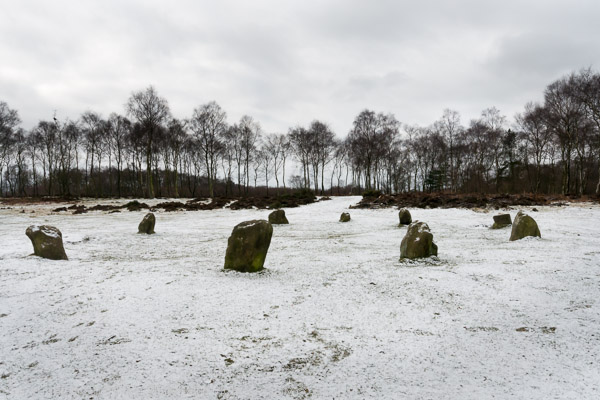
Nine Ladies, Stanton Moor, Derbyshire. Feb 2013
Lightroom watermarking isn’t perfect – and the example on this snow image from Sunday is virtually invisible – but it actually now reads ‘Copyright © 2013 Peter Marshall mylondondiary.co.uk’.
It took me around 30 seconds to produce a new watermark file to get the year correct, selecting File, Export and my web export preset (it’s called Diary – for My London Diary), scrolling down and clicking on the name of the old watermark preset – pm2012 – and then choosing Edit Watermarks, changing the 2012 into 2013, clicking on the old name at the top left of the Watermark editor, selecting ‘Save Current Settings as new Preset’ and naming it pm2013.
I don’t take many pictures in the snow, so choosing a light grey for the watermark and a fairly high opacity makes it reasonably legible on most of my images. Of course the images on the web also have my name, contact details and copyright information in the metadata. My camera is set to add it automatically into the EXIF data as I take pictures, and the import preset which brings the images from the card into Lightroom adds it to the IPTC. But often these are routinely stripped from images. The watermark takes a little more effort to lose.
________________________________________________________
My London Diary : Buildings of London : River Lea/Lee Valley : London’s Industrial Heritage
All photographs on this and my other sites, unless otherwise stated are by Peter Marshall and are available for reproduction or can be bought as prints.
To order prints or reproduce images
________________________________________________________
